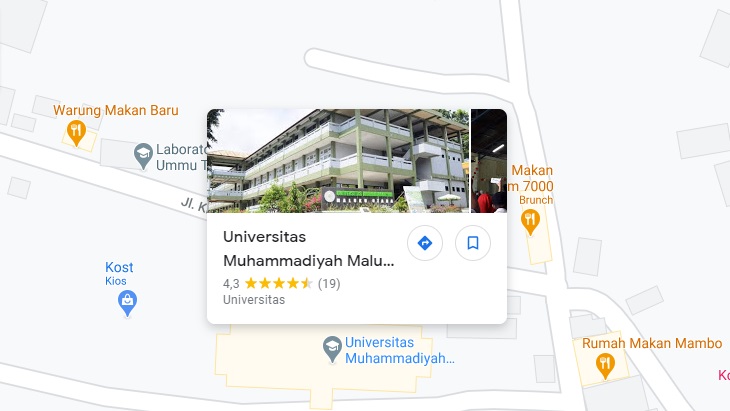Size Structure and Utilization Rate of White Snapper (Lates calcarifer., Bloch 1790) in the Waters of Sil Village, East Halmahera District
DOI:
https://doi.org/10.52046/jssh.v4i2.2261Keywords:
White Snapper, Growth Structure, Utilization RateAbstract
White snapper is one of the coastal fishery products in East Halmahera waters with the amount of production seen to increase from 2019-2021 by 250 tons / year to 457 tons / year. This is because white snapper is the main catch of gill net fishing gear when compared to other types of demersal fish. The continuous utilization of demersal fish, especially sea bass, will trigger changes in the stock of fish populations in the waters, so fisheries management is needed. The benefit of this study aims to measure the size structure and utilization rate of sea bass in the waters of Sil Village, East Halmahera Regency. Primary data collection in the form of data on vessels and fishing gear, fishing time, number and length of sea bass was carried out directly in the field during fishing operations. The research data were analyzed to achieve the research objectives, namely the evaluation of population dynamics including growth, mortality, recruitment, exploitation rate and Spawning Potential Ratio (SPR). The results showed that the sea bass (Lates calcarifer) in the waters of Sil Village consisted of 2 age groups with a length range of 5 - 41 cm TL, had a relatively slow growth of sea bass, with a decrease in the population of sea bass dominated by fishing mortality compared to natural mortality and a high exploitation rate of tembang fish with a recruitment process that was not optimal.












